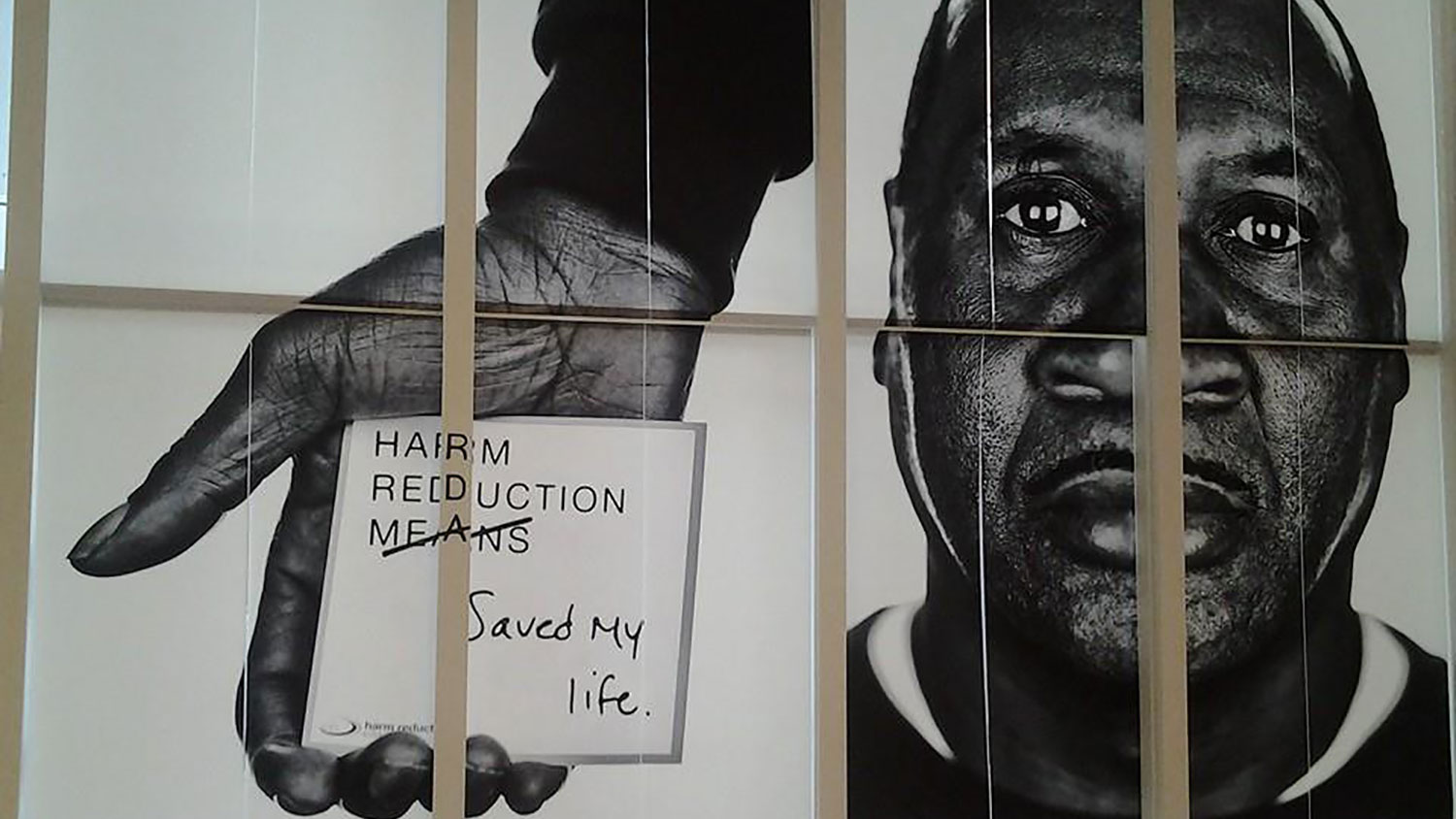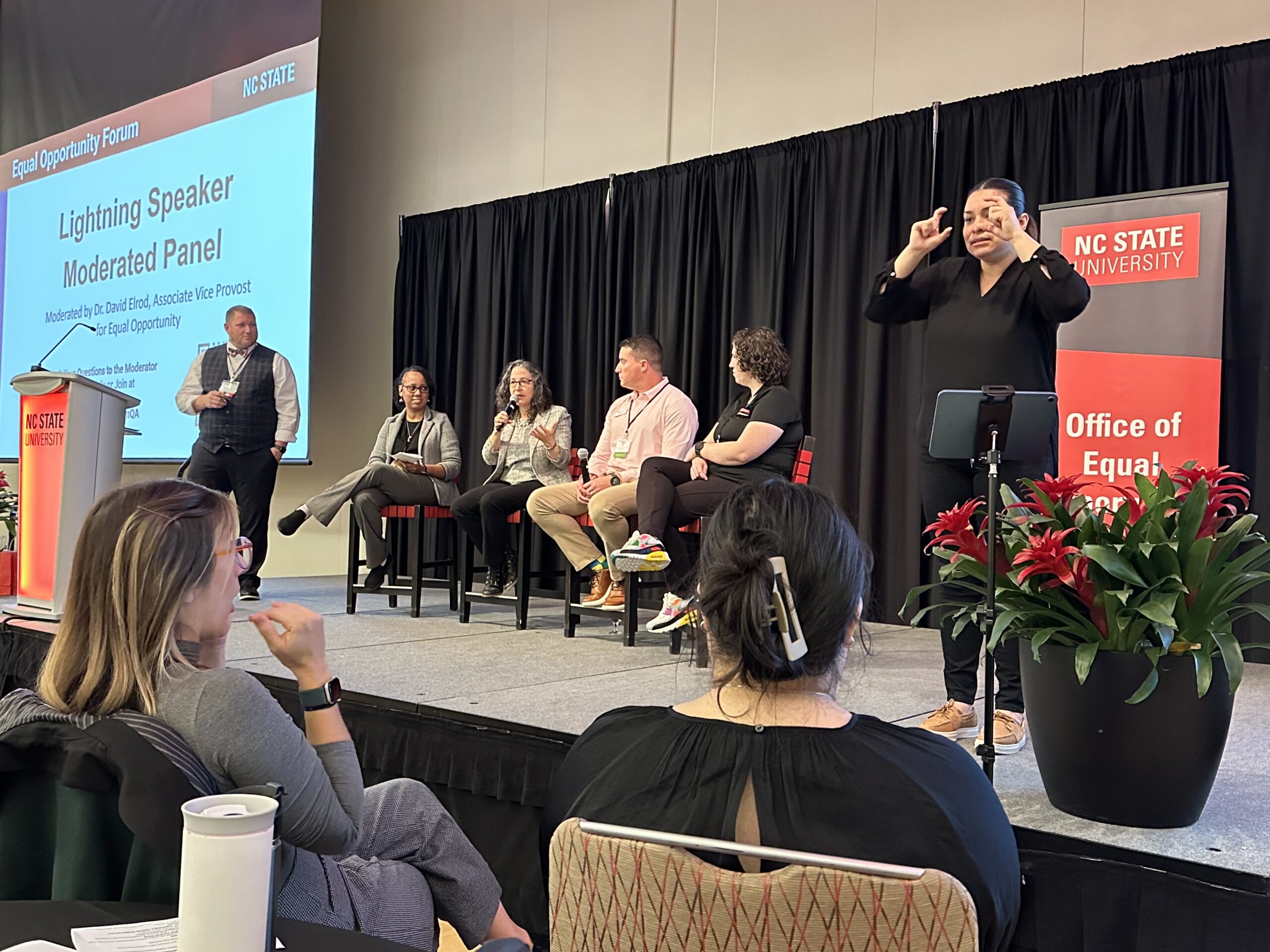Harm Reduction in Marginalized Communities

We may not realize the degree to which our society is built to fail most of us until multiple pandemics come along and highlight just how underserved some of us are in significant ways.
Marginalized communities experience increased social and institutional inequities that negatively impact the health care, living conditions, educational and economic opportunities accessible to them, especially if they exist with multiple marginalized identities, such as Black, transgender women. Enduring the increased social isolation, economic distress, deep grief and unrelenting adaptation over the past year translated unsurprisingly into increased substance use across the globe, with fewer and lower-quality resources available for low-SES communities of color, LGB/TGNC folks and people who use substances.
These cumulative stressors make Black, Latinx, and LGB/TGNC individuals more inclined toward risk-taking behaviors, including alcohol and other substance use (The Trevor Project, 2020). Meanwhile, the stigma and violence targeted toward people who use substances prompted by the racially-discriminatory war on drugs is still the predominant barrier preventing lifesaving harm reduction education and materials from reaching the vulnerable populations who benefit from them the most.
Harm reduction education and resources respect the self-determination, autonomy and human dignity of every individual while also emphasizing public health and reducing the risks of using substances. Much like using a seatbelt while riding in a car reduces the risk of death or serious injury in the event of a car accident, evidence-based harm reduction practices reduce the risk of overdose while using substances.
Whether safety practices are in place or not, people are going to drive cars and people are going to use substances. We must do our best to use compassionate care to save lives. As the National Harm Reduction Coalition says, “it’s not what drugs you do, but how you do them.” Abstinence-only paradigms and the societally-conditioned stigma around substance use ignore the complexity of human behavior and society (NHRC, 2020).
Navanethem Pillay, the UN High Commissioner for Human Rights, states, “Too often, drug users suffer discrimination, are forced to accept treatment, marginalized, and often harmed by approaches which over-emphasize criminalization and punishment while under-emphasizing harm reduction and respect for human rights. This is despite the longstanding evidence that a harm reduction approach is the most effective way of protecting rights, limiting personal suffering, and reducing the incidence of HIV” (NCHRC, 2021).
The most important harm reduction principles, as stated by the National Harm Reduction Coalition (2020), include a nonjudgmental approach that treats every person with dignity, compassion and respect, regardless of circumstance or condition, and focuses on enhancing quality of life for individuals and communities rather than promoting cessation of drug use, while also recognizing complex social factors that influence vulnerability to drug use and drug-related harm, including poverty, social inequality, discrimination and trauma.
For more information on harm reduction work in North Carolina, see the NC Harm Reduction Coalition, and the national harm reduction work by Human Rights Watch, National Harm Reduction Coalition, and DanceSafe.
Resources
- National Harm Reduction Coalition, Policy & Advocacy Work
- Human Rights Watch, We Know What to Do: Harm Reduction and Human Rights in North Carolina
- North Carolina Harm Reduction Coalition, What is Harm Reduction?
- The Trevor Project, 2020 National Survey on LGBTQ Youth Mental Health
Photo, top: Courtesy of Harm Reduction Coalition on Creative Commons.
Jay Schnaak, ’22 is a student in the Master’s of Social Work program and an intern in the GLBT Center.
- Categories:


